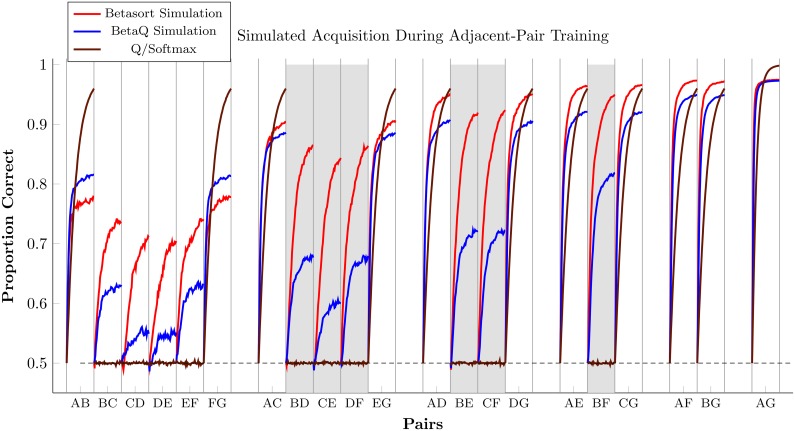Fig 6. Simulated response accuracy for all stimulus pairs over the course of 200 trials of adjacent-pair training.
Performance was modeled using betasort (red), betaQ (blue), and Q/softmax (brown). Critical transfer pairs are indicated with a gray shaded background. Both betasort and betaQ used the same parameters (τ = 0.05, ξ = 0.95), while Q/softmax used the parameters (α = 0.03, β = 10). Betasort shows more pronounced transfer in the critical pairs, whereas betaQ shows a more pronounced terminal item effect. Q/softmax rapidly acquires the terminal items, but remains strictly at chance for all non-terminal pairs.

